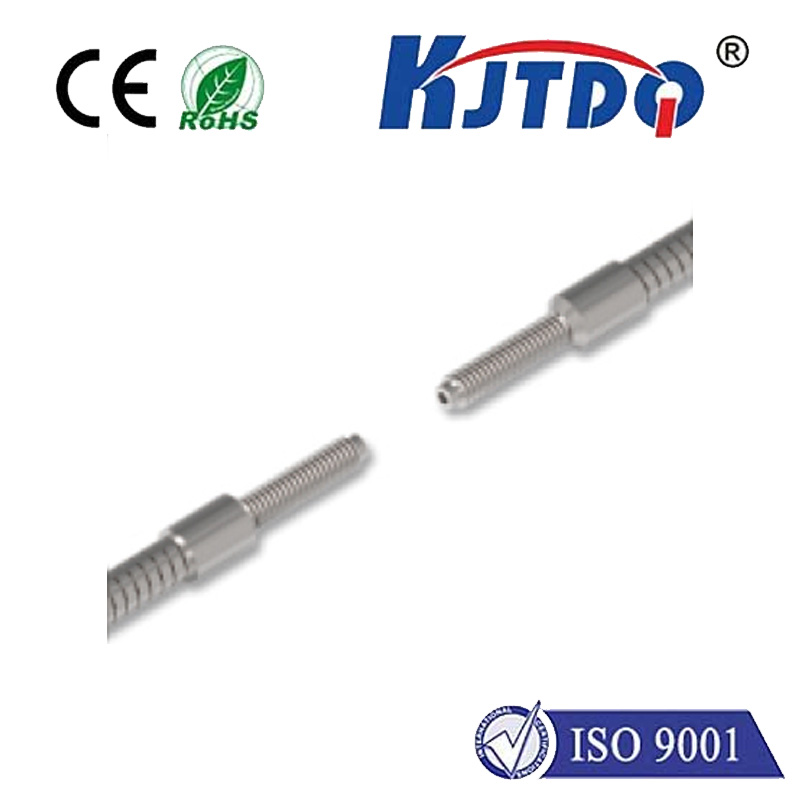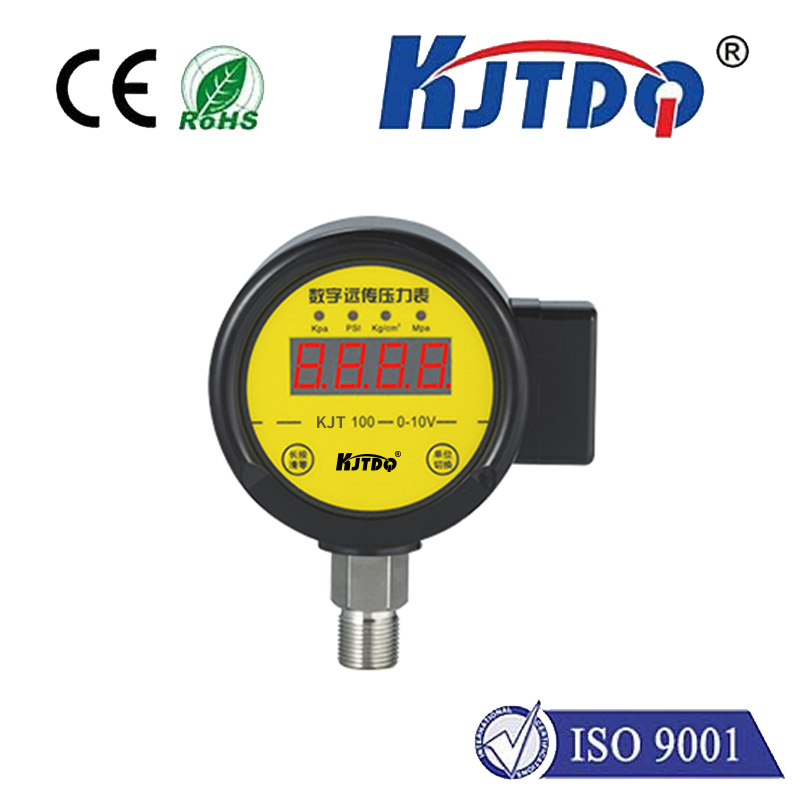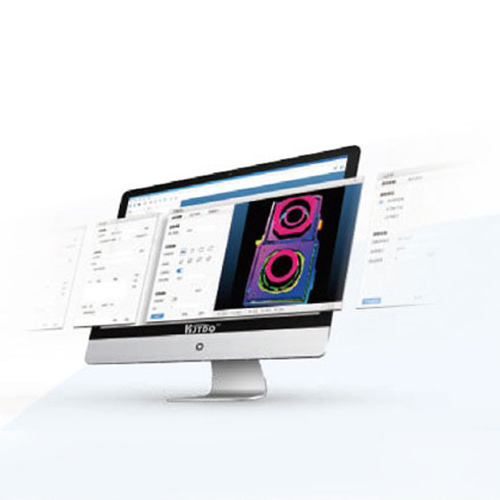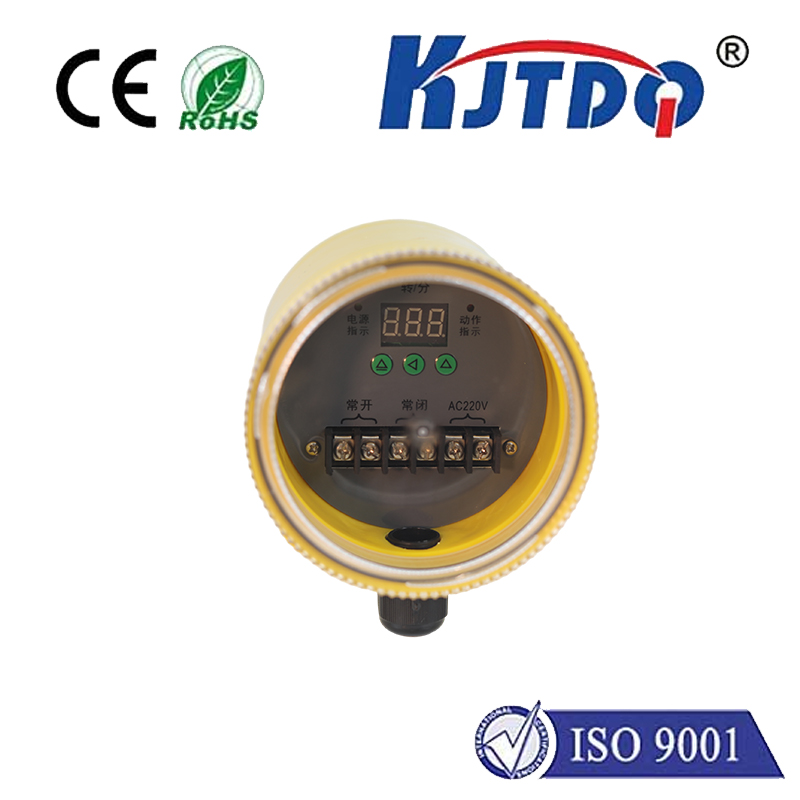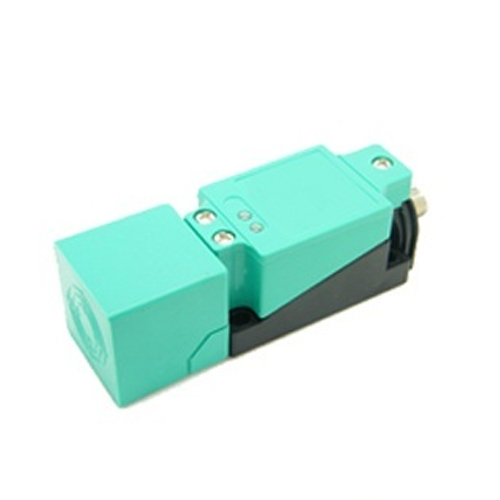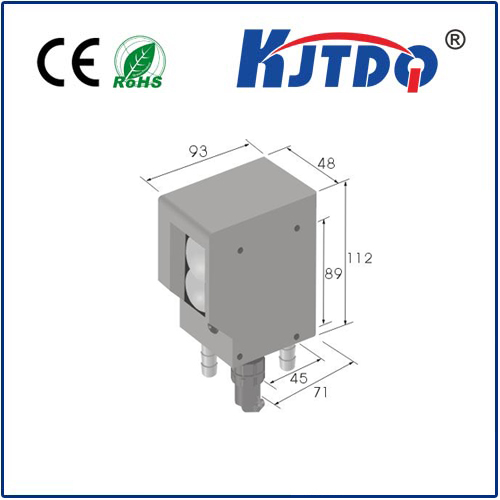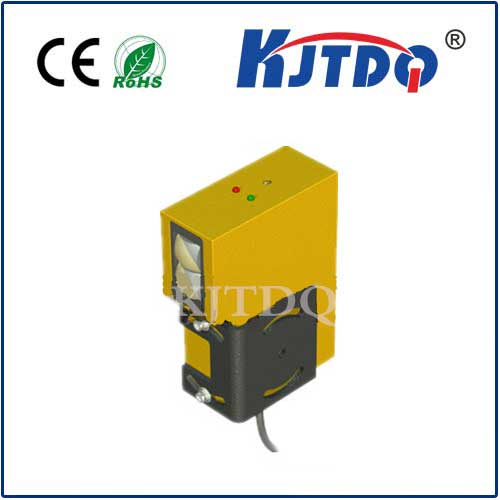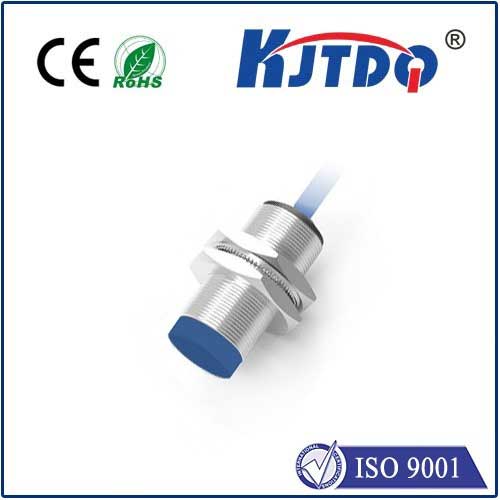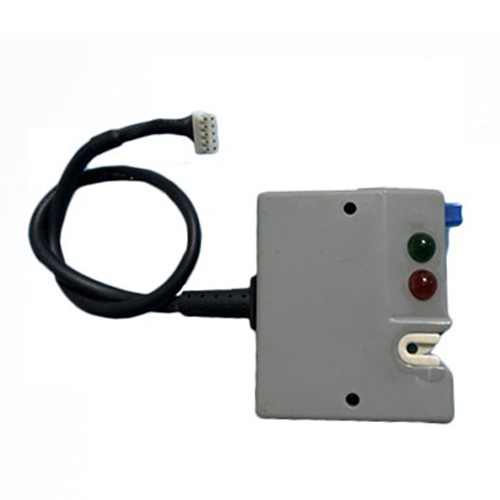momentary limit switch
- time:2025-08-06 11:33:21
- Click:0
The Silent Sentinel: Demystifying Momentary Limit Switches in Industrial Automation
Ever wonder what prevents an elevator from overshooting its floor or stops a CNC machine precisely at the end of its travel? Or how safety doors on heavy machinery instantly halt operations when opened? Often, the unsung hero in these critical control scenarios is a deceptively simple component: the momentary limit switch. Far more than just an electrical button, this device acts as a guardian angel for machines, personnel, and processes, translating physical presence or position into a crucial, instantaneous electrical signal.
Understanding the Core: What is a Momentary Limit Switch?
At its heart, a momentary limit switch is an electromechanical sensor. It detects the physical presence, absence, or position of an object (often called the “actuator”) through direct contact. The defining characteristic of a “momentary” switch lies in its operating mechanism: its contacts change state only while the actuator is actively engaged. The moment the actuator moves away – typically via an internal spring-return mechanism – the contacts spring back to their default, “resting” position. This contrasts sharply with “maintained” switches that physically latch into their new state until manually reset.
Think of it like pressing a doorbell: you push the button (actuator engagement), the bell rings (contacts change state – e.g., close a circuit), but as soon as you release the button (actuator disengages), the ringing stops (contacts spring back to open). It’s this brief, temporary signal that defines its “momentary” nature, making it ideal for initiating immediate, often critical, actions or verifications.
The Crucial Electrical Conversation: Contacts and States
The function hinges on its electrical contacts, usually configured in one of two primary ways:

- Normally Open (NO): In its resting state (no actuator pressure), the circuit is open (no current flow). When the actuator is pressed, the contacts close, completing the circuit and sending a signal. Useful for initiating an action when an object is present (e.g., conveyor start when part detected).
- Normally Closed (NC): In its resting state, the circuit is closed (current flows). When the actuator is pressed, the contacts open, breaking the circuit. This is crucial for safety functions where signal interruption halts a machine (e.g., safety door switch – door opens, switch pressed, circuit opens, machine stops instantly).
Many momentary limit switches offer both NO and NC contacts within the same housing, providing versatile control options.
Where They Shine: Key Applications
The transient nature of the momentary limit switch makes it indispensable across numerous industrial and automation settings:
- Safety Interlocks: This is arguably its most critical role. Mounted on access doors, guards, or gates, an NC momentary switch ensures that if the guard is opened, the switch is actuated, opening its contacts and immediately cutting power to hazardous moving parts. The spring return ensures the machine only operates when the guard is fully closed.
- Position Verification & End-of-Travel Sensing: Used to confirm a cylinder is fully extended/retracted, a machine axis has reached its programmed limit, or a movable part is correctly positioned. (“Has the robot arm reached home? Is the press slide at the bottom?”) Over-travel protection, preventing mechanical damage, is a vital function here.
- Part Presence Detection: Verifying a part is correctly seated in a fixture, present on a conveyor belt before processing, or loaded into a machine. An NO switch signals presence upon contact.
- Sequencing Control: Providing trigger points within multi-step automated processes. Actuation by one moving part can signal the next stage to begin.
- Counting Operations: Each actuation cycle can be counted, useful for tracking production cycles or usage.
Why Choose Momentary? Key Advantages
Why select a momentary switch over a maintained one? The benefits stem directly from its spring-loaded, temporary operation:
- Enhanced Safety: The inherent fail-safe nature of NC contacts combined with spring return is critical for safety circuits. Any loss of actuator pressure (e.g., guard opening, jam clearing) instantly de-activates the signal, halting machinery. A maintained switch could leave a dangerous “run” signal active accidentally.
- Prevents Signal “Holding”: It provides discrete, pulse-like signals. This avoids accidentally leaving a “start” signal active if the actuator remains engaged unintentionally.
- Positive Feedback: The spring force provides tactile feedback (often audible too) confirming switch actuation and release.
- Simplicity & Reliability: The fundamental mechanical design is robust, proven over decades, and generally offers long operational life under proper conditions.
Choosing the Right Momentary Sentinel: Selection Factors
Selecting the appropriate momentary limit switch hinges on the application:
- Environmental Conditions: Consider temperature extremes, moisture, dust, corrosive chemicals, and washdown requirements. Choose appropriate IP (Ingress Protection) or NEMA ratings. Special seals and materials (e.g., stainless steel) are available for harsh settings.
- Actuator Type & Force: Common actuators include rollers (for moving parts), levers, plungers, and whiskers. The required force to actuate the switch (operating force) must be compatible with the moving object. Plungers offer short travel, while lever arms can detect movement over a wider range.
- Electrical Ratings: Ensure the switch’s current (amperage) and voltage ratings (AC or DC) match the load of the connected control circuit.
- Physical Size & Mounting: Space constraints and mounting configuration (base mount, threaded, etc.) are crucial.
- Required Contact Configuration: NO, NC, or combinations thereof (SPDT, DPDT).
- Durability (Operating Life): Expected number of actuation cycles before potential failure.
Installation & Maintenance Best Practices
Correct installation maximizes reliability:
- Secure Mounting: Vibration and movement can cause misalignment or false signals.
- Precision Alignment: Ensure the actuator reliably engages the switch plunger/lever at the exact point needed without binding or missing. Adjustable mounting brackets are often useful.
- Actuator Clearance: Allow sufficient clearance for actuator movement without over-traveling and damaging the switch.
- Wiring: Follow electrical codes and diagrams precisely. Protect wiring from damage. Use conduit in noisy environments.
- Routine Inspection: Periodically check for physical damage, proper activation (listen/feel for the click), secure mounting, and clean actuators of debris that could impede function.
Conclusion
While often overlooked, the momentary limit switch remains a cornerstone of industrial automation and machine safety. Its simple principle – a temporary electrical signal triggered by precise physical contact – underpins countless critical control sequences and safety mechanisms. From ensuring worker safety at heavy machinery gates to guaranteeing the precise positioning of robotic arms, these switches provide reliable, instantaneous feedback. Understanding their operation, the vital difference between NO and NC contacts, and key selection criteria empowers engineers and technicians to deploy these “silent sentinels” effectively, safeguarding both people and processes in the complex world of automation. Their spring-loaded momentary action isn’t a limitation; it’s the foundation of their safety-critical utility.






